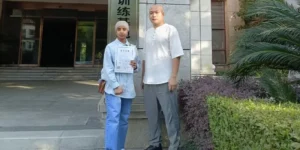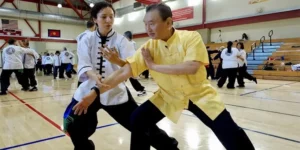
Tai Chi Chuan (Taijiquan), widely recognized throughout China, is a Chinese martial art that integrates traditional Confucian and Daoist philosophies centered on the concepts of taiji (supreme ultimate) and yin-yang dialectical principles. Characterized by its emphasis on internal and external cultivation, this discipline features gentle, slow, agile movements that balance hardness and softness. As a modern-era development within Chinese martial arts, Tai Chi encompasses numerous distinct schools while maintaining an exceptionally vibrant presence and enjoying broad public participation – making it one of the most dynamic and enduring branches of wushu heritage.
In 1949, the Chinese National Sports Commission standardized Tai Chi Chuan (Taijiquan) as a regimented exercise system for public health initiatives, performance arts, and competitive sports. Following China’s reform and opening-up policy, practitioners partially restored its traditional martial arts essence, leading to three modern distinct branches: combat-oriented Taijiquan, health-focused Tai Chi exercise routines, and the interactive Tai Chi push hands practice.
The Chinese government officially recognized Tai Chi as part of its first National Intangible Cultural Heritage list in May 2006. On December 17, 2020, UNESCO inscribed “Taijiquan” on its Representative List of the Intangible Cultural Heritage of Humanity, marking its global recognition as a pinnacle of Chinese martial philosophy and body-mind discipline.
The Origin of Tai Chi
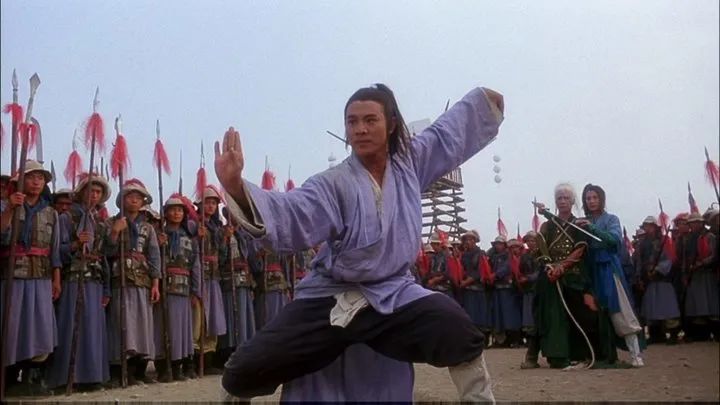
Like many Chinese martial arts traditions, the genesis of Tai Chi Chuan (Taijiquan) remains a contentious subject in martial arts historiography. Six predominant creation theories persist in academic circles:
- Cheng Lingxi Foundation Theory
- Xu Xuanping Creation Hypothesis
- Li Daozi Origin Narrative
- Hu Jingzi Developmental Claim
- Zhang Sanfeng Primordial Founder Doctrine
- Chen Wangting Historical Provenance Theory
Among these, the Zhang Sanfeng narrative prevails in popular folklore as the most legendary and controversial attribution, with many martial arts practitioners venerating him as taijiquan’s primordial founder. However, Tang Hao (1897-1959), a prominent Chinese martial arts historian, established through extensive archival research that the Chenjiagou Village legacy in Wen County, Henan’s Jiaozuo region validates Chen Wangting as the authenticated creator – a conclusion now gaining acceptance among mainstream academia.
Tai Chi Variations

Tai Chi (Taijiquan), as a renowned Chinese martial art, features diverse traditional lineages. The most prominent styles include Chen-style, Yang-style, Wu-style, Wu/Hao-style, Sun-style, and He-style. While sharing core principles, each branch offers unique techniques and training philosophies, creating a vibrant ecosystem for Tai Chi practitioners.
Most Popular Tai Chi Styles Worldwide
- Yang Style Tai Chi
- Origin: Developed by Yang Luchan in the 19th century
- Characteristics: Slow, expansive movements; emphasizes accessibility for health improvement.
- Global Impact: Most widely practiced style globally due to its gentle flow.
- Chen Style Tai Chi
- Origin: Oldest documented style from Chenjiagou Village
- Characteristics: Combines explosive power (fajin) with soft movements; preserves martial roots.
- Modern Relevance: Gaining popularity through competitive demonstrations and MMA adaptations.
Simplified Tai Chi Forms for Beginners
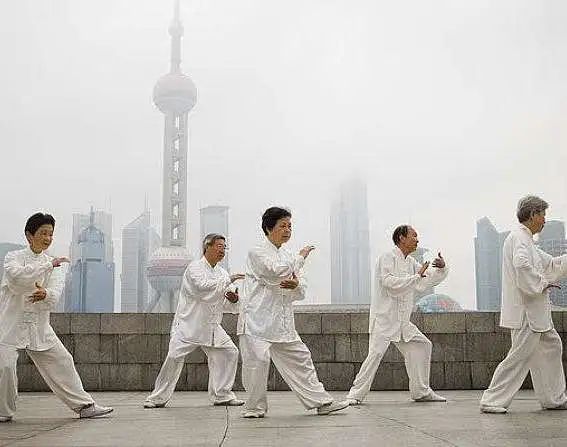
To promote public health initiatives, standardized forms have been developed:
- 24-Form Tai Chi (Beijing 1956) – Most common entry-level routine
- 48-Form Tai Chi – Intermediate sequence expanding on traditional techniques
- 36-Form Tai Chi – Balance-focused variation integrating multiple styles
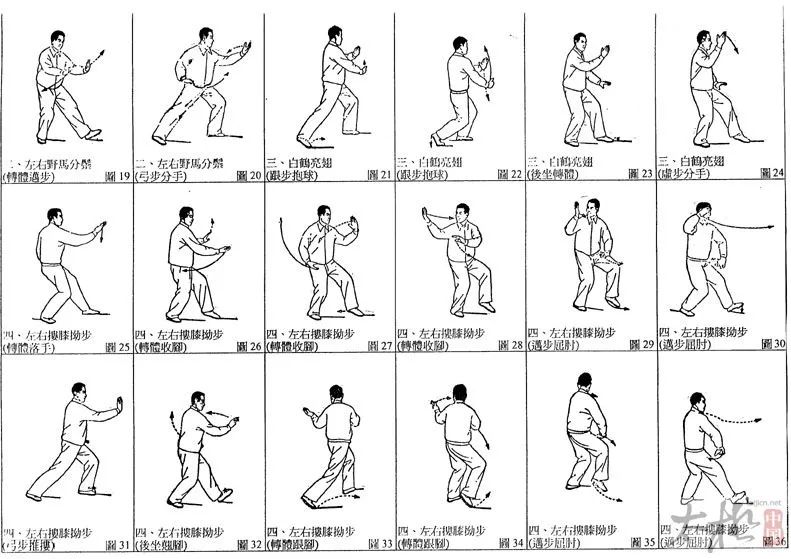
Competitive Wushu Tai Chi vs. Traditional Tai Chi

It is worth noting that Taijiquan (Tai Chi) in competitive Wushu differs significantly from traditional Taijiquan. To enhance its visual appeal, competitive routines often speed up the movements of Taijiquan and introduce innovative, high-difficulty techniques to score higher points.
For example, in the Taijiquan all-around competition at China’s National Games, mandatory high-difficulty movements include:
- “Front-split-legged turn (360°) followed by a flying kick (180°) while landing on one leg”
- “Aerial push-kick with double whip fists, landing with controlled balance”
These complex acrobatic maneuvers do not exist in traditional Taijiquan forms.
Competitive Taijiquan vs. Traditional Taijiquan

- Routine Composition
- In National Games & World Wushu Championships, competitors create custom routines by blending styles (e.g., starting with Chen-style’s fast, explosive movements, transitioning to a slow Yang-style finish).
- Traditional Taijiquan strictly follows classical forms without alterations for difficulty.
- Physical Impact
- Competitive athletes often suffer injuries due to extreme flexibility, jumps, and spins required for scoring.
- Traditional practitioners focus on health, longevity, and gentle movement—never sacrificing the body for high-risk techniques.
While both share Taijiquan’s roots, competitive Wushu prioritizes spectacle and scoring, whereas traditional Taijiquan remains rooted in martial philosophy and wellness.

